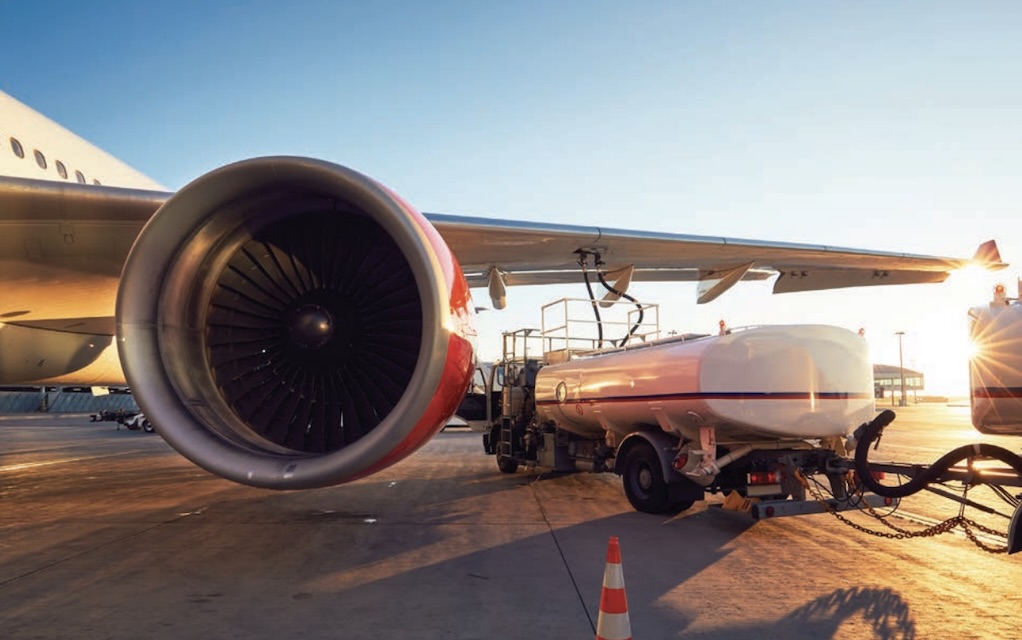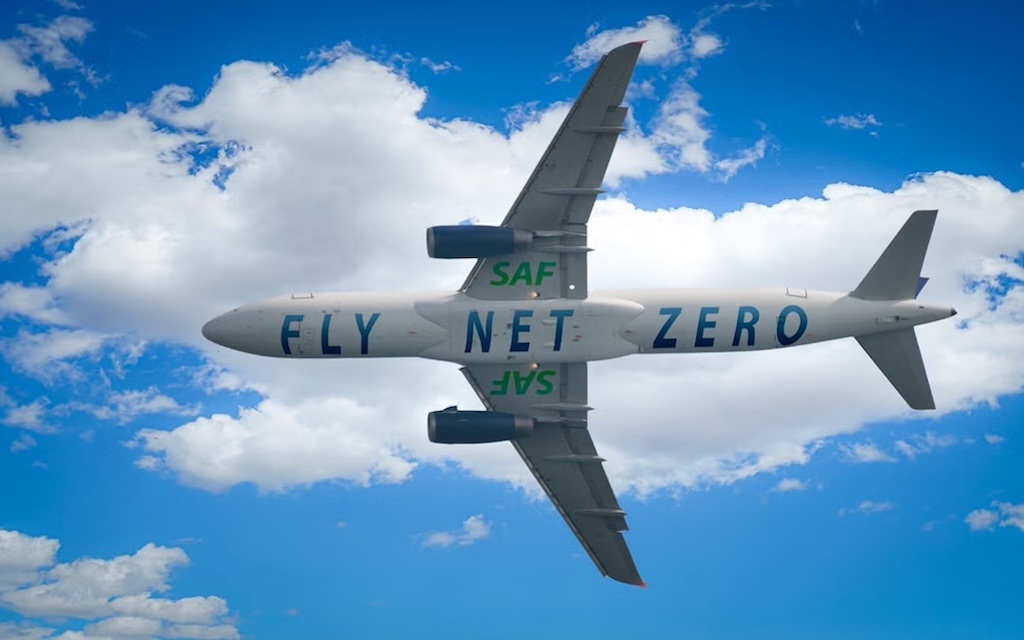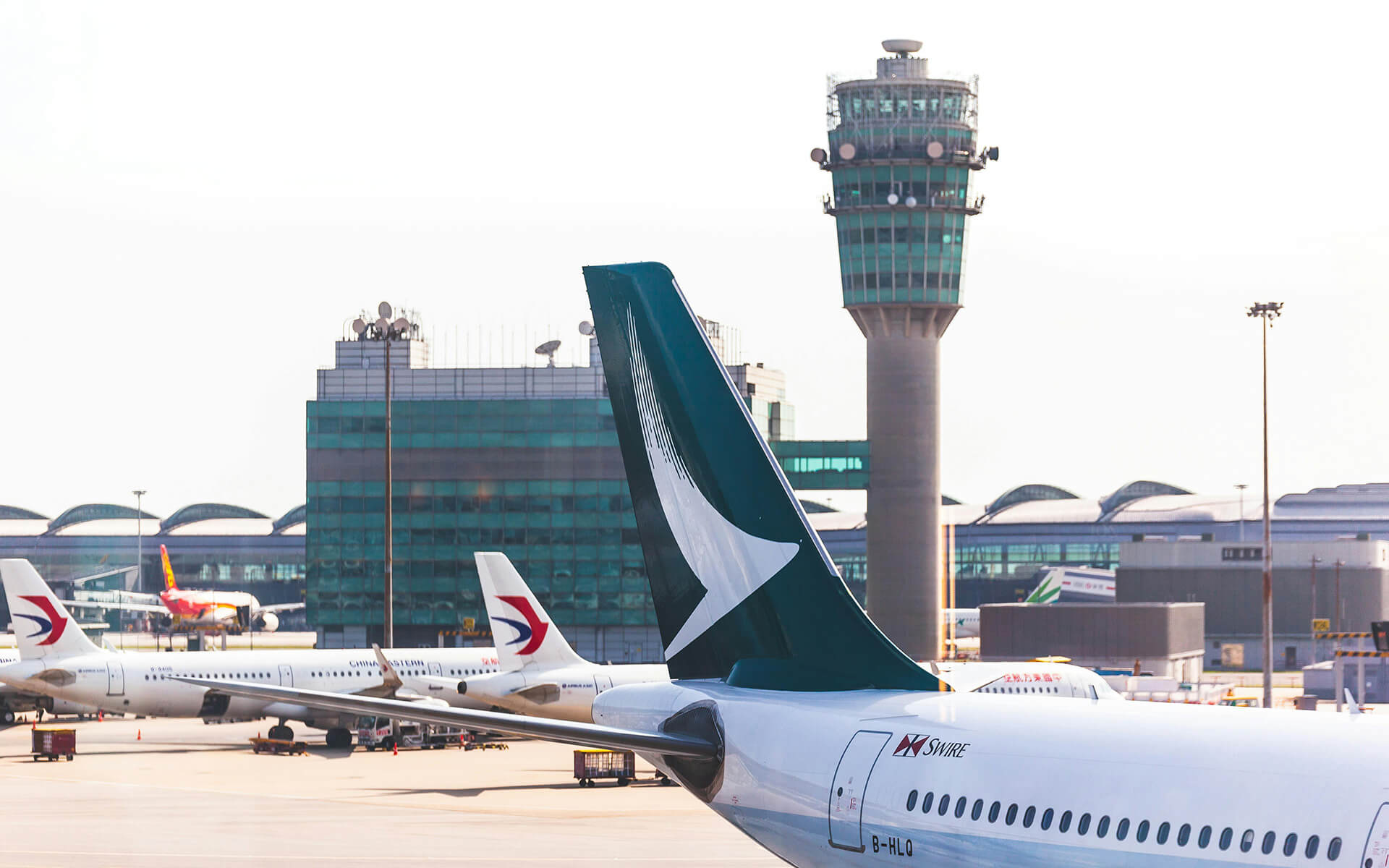What is Sustainable Aviation Fuel?

Recent Articles
Sustainable aviation fuel (SAF) represents one of the aviation industry’s most promising pathways to reducing its carbon footprint. As airlines worldwide seek to meet ambitious climate targets, understanding what SAF is and how it works has become essential knowledge for the aviation sector.
Definition and key characteristics
SAF is a non-conventional aviation fuel produced from sustainable resources rather than fossil sources. While various terms are used across the industry – including sustainable alternative fuel, renewable jet fuel, or biojet fuel – SAF has emerged as the preferred terminology to emphasise the sustainable nature of these fuels.
What makes SAF particularly valuable is that it functions as a “drop-in fuel.” The chemical and physical characteristics of SAF are almost identical to those of conventional jet fuel (Jet A or Jet A-1), allowing it to be safely mixed with conventional kerosene to varying degrees. This compatibility means SAF can utilise existing fuel supply infrastructure and does not require modifications to aircraft or engines – a critical factor enabling its adoption without massive infrastructure overhauls.
For SAF to truly earn the “sustainable” designation, it must meet specific sustainability criteria, including lifecycle carbon emissions reduction, limited freshwater requirements, no competition with food production, and no contribution to deforestation.
Feedstock variety
One of SAF’s strengths is the diverse range of feedstocks from which it can be produced:
- Waste oils and fats: Used cooking oil and waste from food production (such as tallow)
- Municipal solid waste: Carbon-based household and business waste that would otherwise decompose in landfills
- Cellulosic waste: Excess wood, agricultural residues (like corn stalks), and forestry waste
- Cover crops: Crops such as camelina, carinata, and pennycress grown in rotation with food crops
- Non-biogenic sources: Including “power-to-liquid” processes that create jet fuel from carbon dioxide and renewable hydrogen
- Other sources: Includes purpose-grown feedstocks like jatropha, halophytes (salt-tolerant plants), and algae
This variety of feedstocks means SAF production can be adapted to local conditions worldwide, providing flexibility and resilience to the supply chain.
Environmental benefits
SAF’s primary benefit is its significant reduction in carbon dioxide emissions across the lifecycle compared to fossil-based jet fuel. When accounting for the entire process – from growing or collecting feedstock to processing and combustion – SAF can provide carbon reductions of nearly 80% compared to traditional jet fuel.
The carbon reduction works through a circular approach: the CO₂ absorbed during plant growth or captured from industrial sources is roughly equivalent to what’s released when the fuel burns. While emissions from production and transport must be factored in, the net result remains substantially better than fossil fuels.
Additionally, SAF contains fewer impurities like sulphur, leading to reductions in sulphur dioxide and particulate matter emissions. Some studies suggest SAF could also reduce contrail formation, potentially delivering additional climate benefits.

Current adoption status
Despite its promise, SAF currently represents only a tiny fraction of global aviation fuel use – and accounted for just 0.3% of global jet fuel production in 2024 according to IATA’s (International Air Transport Association) estimates. However, momentum is building rapidly.
Currently, SAF is blended with conventional jet fuel at ratios of up to 50%, though aircraft manufacturers are working to enable 100% SAF use.
IATA also predicts that in 2025, SAF production is expected to reach 2.1 million tonnes (2.7 billion liters) or 0.7% of total jet fuel production and 13% of global renewable fuel capacity
Why SAF matters for aviation’s future
SAF is crucial for aviation’s sustainability goals because it addresses a fundamental challenge: aviation requires energy-dense liquid fuel for long-haul flights that cannot be readily electrified or powered by alternatives like hydrogen in the near term.
The aviation industry has committed to achieving net-zero carbon emissions by 2050. IATA suggests SAF will contribute about 65% of the emissions reductions needed to reach this goal. This makes SAF the one of the most important elements in aviation’s decarbonisation strategy.
Beyond environmental benefits, SAF offers additional advantages:
- Diversified energy supply for the aviation sector
- Reduced exposure to fossil fuel price volatility
- Economic opportunities in regions with suitable feedstock production capabilities
- Potential job creation
- Waste reduction through repurposing materials that might otherwise end up in landfills
As policy support increases and production scales up, SAF represents not just a fuel alternative but a cornerstone of sustainable air travel for the future.


